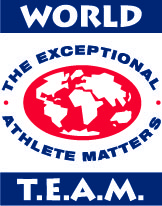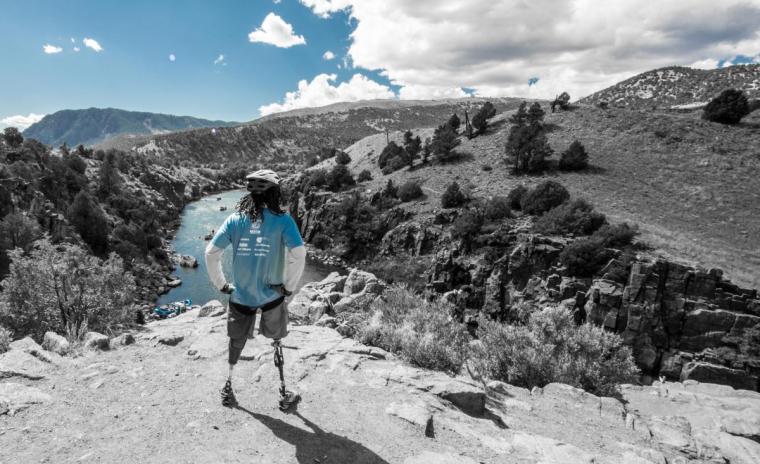
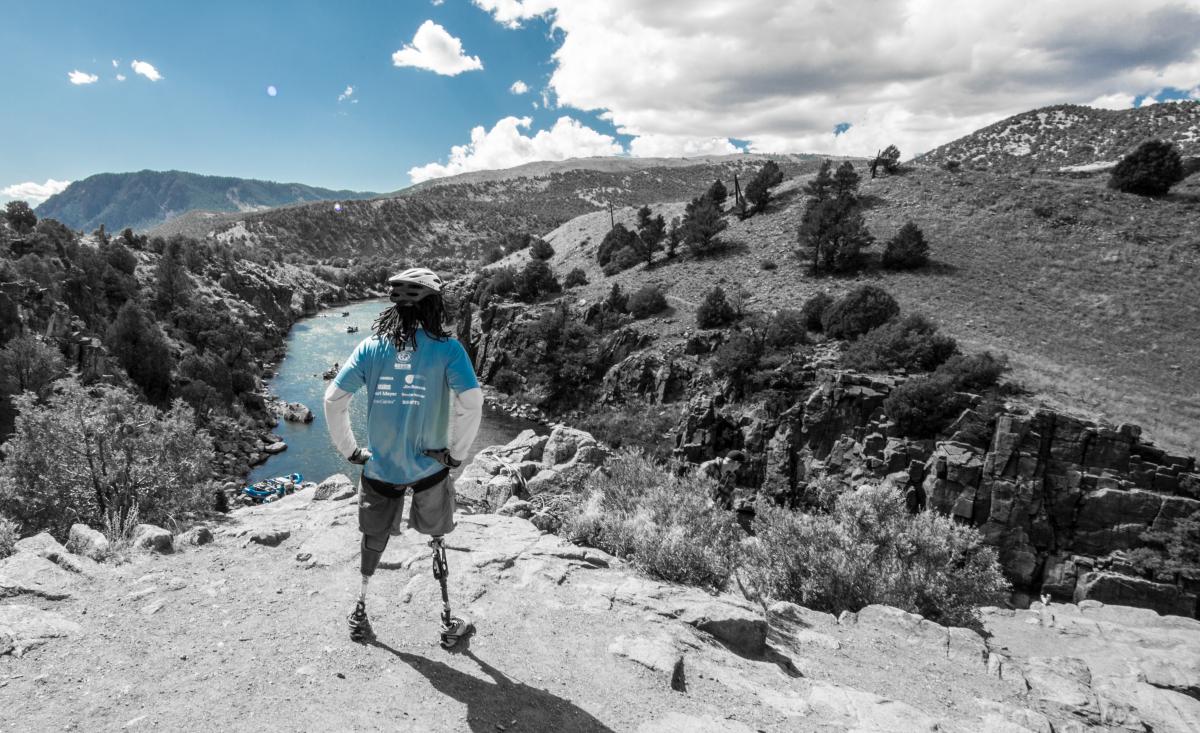
World T.E.A.M. Sports is a 501(c)(3) not-for-profit organization chartered in North Carolina and headquartered in Holbrook, New York. Since 1987, World T.E.A.M. Sports has organized athletic events for disabled and able-bodied citizens, including mountain climbing, whitewater rafting, bicycling, adventure racing and more.
Sports Destination Management: World T.E.A.M.Sports has a variety of events.
Van Brinson: We do. The Face of America ride in April is one of our biggest, with more than 600 riders, including nearly 135 injured veterans, cycling 110 miles from the Pentagon in Arlington, Virginia, to the Gettysburg battlefields. We also added another route, which will be 130 miles from Valley Forge to Gettysburg. We also have the Sea to Shining Sea cycle ride, which went across the country from California to Virginia. The Can-Am Veterans Challenge is a bicycle and hand cycle ride from Ottawa, Ontario to Washington, D.C., and it involved not just World T.E.A.M. riders but Soldier On Canada and Wounded Warriors Canada as well. The Coastal Team Challenge, which will be in August of this year, is a sea kayaking trip along the coast of Long Island. Our Adventure Team Challenge is held in different places, and it is a fully inclusive adventure race, with hiking and biking and rock climbing. We also do a different adventure race course for severely disabled children.
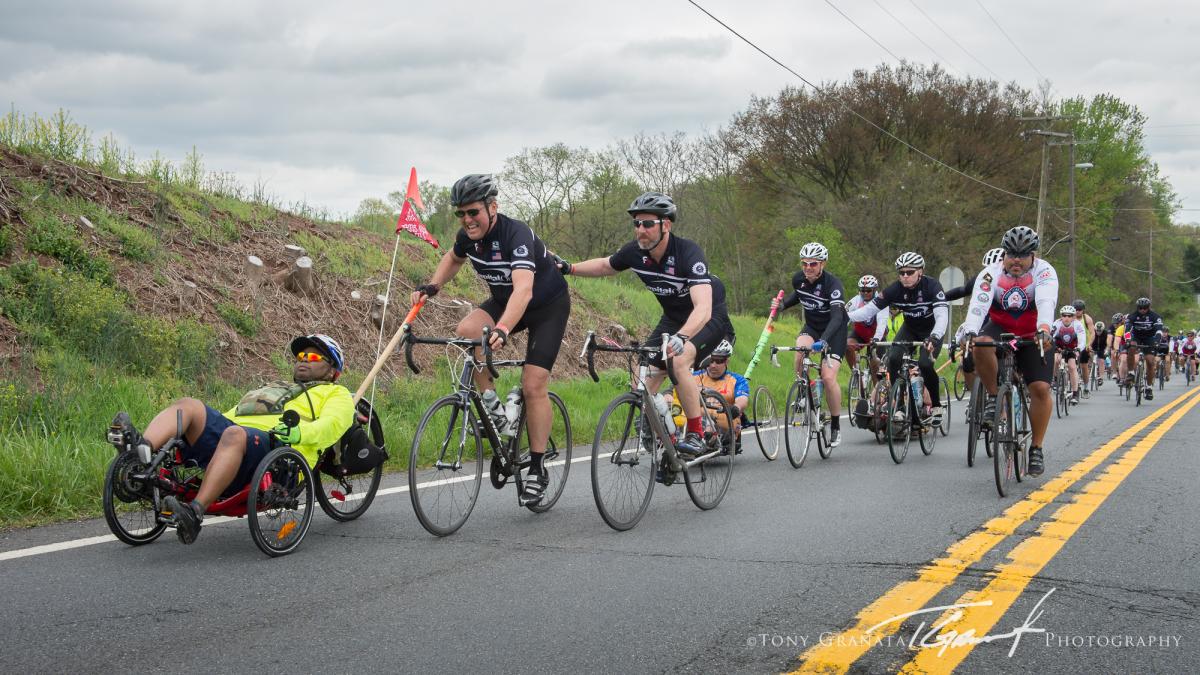
SDM: What advantages does the program bring to veterans?
Brinson: We see several benefits. All of our events involve some level of physical fitness. The veteran population is as a whole a very fit population. These people were athletes, they were in excellent shape and they took on all kinds of challenges. Then, because of an IED, for example, they all of a sudden were disabled Americans. We see sports as a way for these people to keep on challenging themselves, and our events really are a challenge; they’re not a dumbed-down version of, for example, an adventure race. If you’re on the team for the adventure race, you’re going to do every event and every challenge. But in addition to providing a challenge, it gives other people with disabilities a mentor or a role model to follow; they can say, ‘If that can cycle across the country or climb Mount Everest, so can I.’
SDM: How do you go about developing events and choosing sites for them?
Brinson: We have a board of directors and under that we have certain committees. One of those is our Program Commit
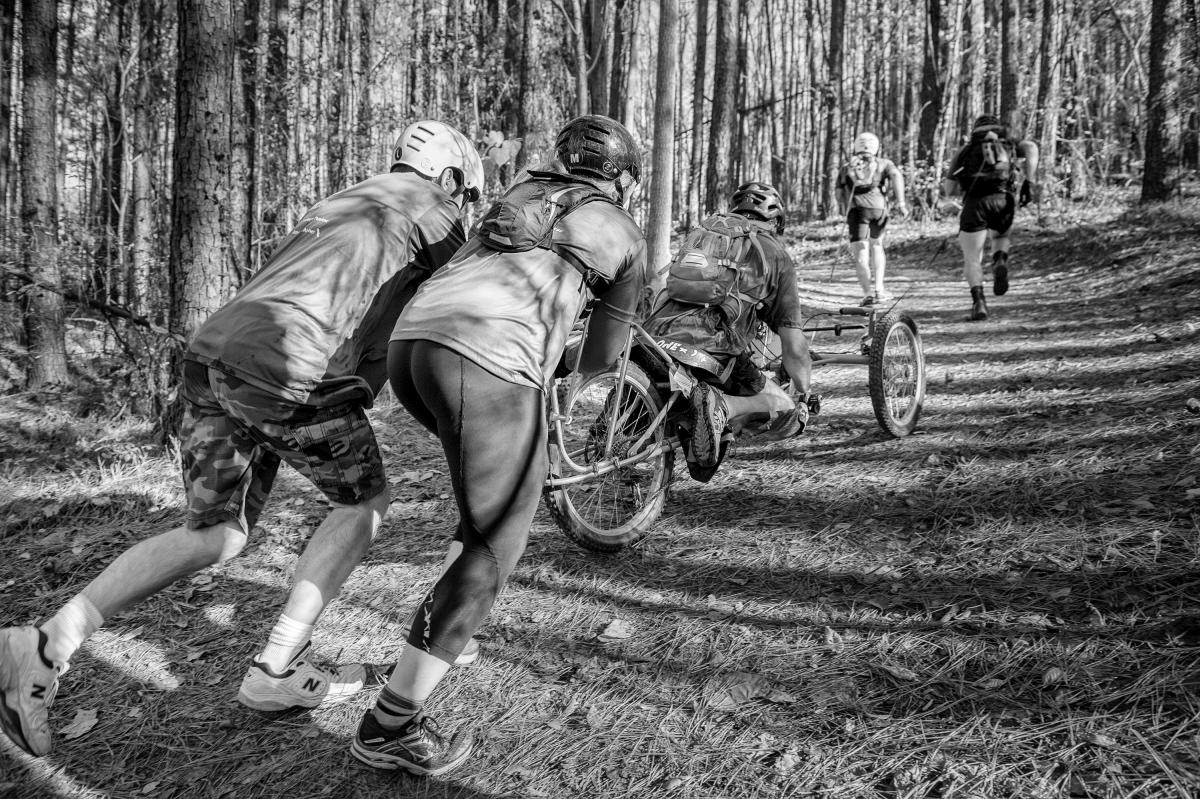
Choosing the location will depend on the event. Some events are site-specific; if you’re going to climb a particular mountain, obviously, you have to go where that mountain is. When it comes to our Adventure Team Challenge, we do it each year in Colorado, and last year, we added a North Carolina event because our primary sponsor, MetLife, has offices in North Carolina. We found we could host it at the U.S. National Whitewater Center in Charlotte and held it there.
SDM: Were there specific challenges to hosting adventure challenge events for individuals with physical challenges?
Brinson: We didn’t really treat it as an event for the handicapped, although there was thought given to how someone can move a wheelchair around a given area. We had accessible portable toilets but other than that, everyone was camping out together. Something we’ve seen is that with these athletes, they’re not looking for special treatment. They want to do things on their own.
Rhinehart: As Van said earlier, these are people who were extremely fit fighting machines and even with their injuries, they’re still longing for adventure and challenges, and they want to remain active.
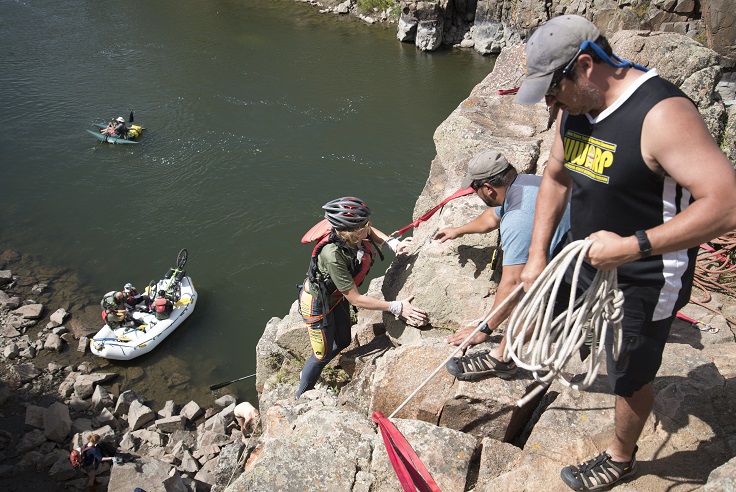
SDM: Your events are for athletes with disabilities as well as those who are able-bodied.
Brinson: That has always been part of our mission. We put the team into everything we do. We will not shift away from that. What we have found is that by the time the weekend is over or by the time the event is over, the able-bodied people who participated are telling us, ‘I don’t see the wheelchairs any longer; I just see the people.’ When you start just seeing the person, not the person with a handicap, it really changes things.
SDM: Do the events use volunteers?
Brinson: We do, and we have a tremendous amount of repeat volunteers. We consider them very important to our event. Some of our events are so popular that the moment we announce them, we get people volunteering. For the Face of America Ride, for example, I can’t take any more volunteers. We just have so many who are willing to work that the event has almost become self-sustaining in terms of help. If we put up a new event, we would get new volunteers contacting us. Sometimes, we haven’t even posted an event but word somehow gets out and people start calling and asking about it and we’re asking, ‘Okay, who around here is leaking information?’
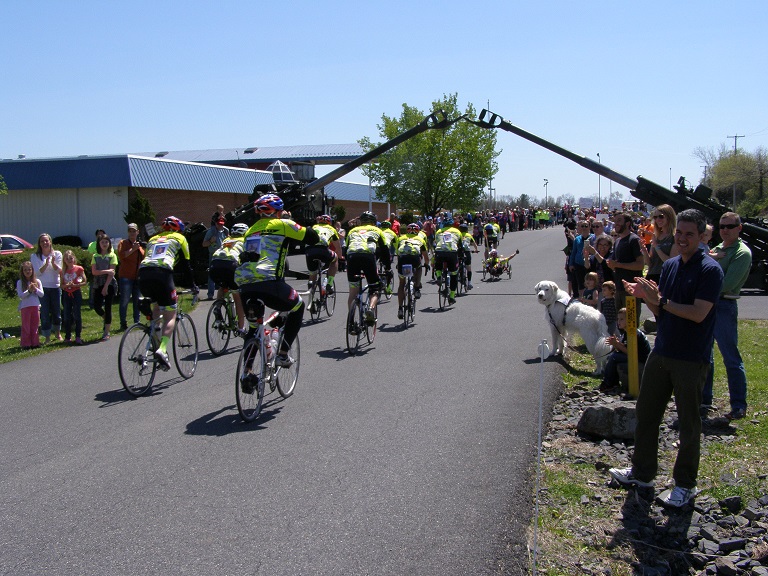
Something else that is great about our volunteers is that we’ll often hear them say, ‘I really thought I was going to just be here to help out, but I feel like I got way more out of it than the athletes did.’
SDM: Do you see an increasing demand for these types of events for veterans?
Brinson: I think there is always going to be a population to serve out there and I think that population is growing. There is more equipment available which allows more people to participate in events. If we had more money, we could fill up every event we have. We have to limit the number of people participating based on sponsorship, funds and equipment available.
Something interesting is that we’ve seen a shift away from strictly military events; in fact, we think there is a better result and a better event when you have a mix of people. We do still do some military-focused events, though.
SDM: Do you work with sports commissions and convention and visitors bureaus?
Brinson: It depends on the event. In Grand Junction, Colorado, for example, and in Valley Forge, their CVBs were very involved, and we’ve learned they can be very innovative in helping you. Other places you go, it might not be the same, but then again, if you have a rest stop in one town and you’re not staying the night, people might not get as involved.
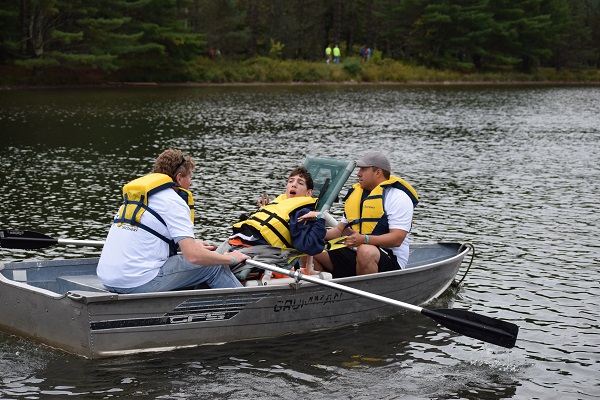
Brinson: There is a pretty robust network of disabled persons who are adventurous and who like sports. Once someone gets into that category, they discover it’s a very connected community. If we were even thinking of holding a kayaking event, for example, that would go from Florida to Cuba, people would contact us immediately about participating. It’s a group that spreads information very well. They’re younger so they use technology and they can communicate with one another quickly. If you have the impetus to put on an event, they’ll be ready to participate.

